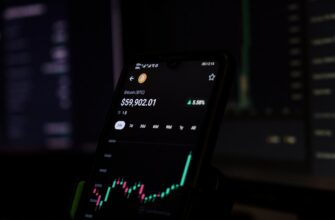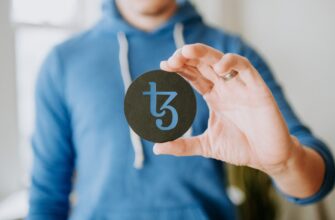# Cryptocurrency Accessibility: Breaking Down Barriers to Financial Inclusion
The cryptocurrency revolution promises financial freedom and inclusion, yet accessibility remains a critical hurdle. With over 1.7 billion unbanked adults globally according to the World Bank, crypto’s potential to democratize finance hinges on overcoming technical, educational, and infrastructural barriers. This guide explores how we can make digital currencies truly accessible to all.
## What Is Cryptocurrency Accessibility?
Cryptocurrency accessibility refers to the ease with which individuals can:
– Acquire digital assets
– Securely store cryptocurrencies
– Execute transactions
– Understand blockchain technology
True accessibility eliminates technical jargon, reduces entry costs, and accommodates diverse socioeconomic backgrounds. It’s the bridge between revolutionary technology and everyday financial empowerment.
## Why Accessibility Matters for Global Adoption
1. **Financial Inclusion**: Crypto provides alternatives for populations excluded from traditional banking systems
2. **Reduced Inequality**: Lower transaction fees enable microtransactions for low-income users
3. **Censorship Resistance**: Decentralized networks operate beyond government or institutional control
4. **Economic Empowerment**: Direct ownership eliminates intermediaries in wealth building
Without accessibility, crypto risks becoming an exclusive club for the tech-savvy rather than the inclusive financial ecosystem it promises to be.
## Current Barriers to Crypto Accessibility
### Technical Complexity
– Private key management challenges
– Unintuitive wallet interfaces
– Blockchain confirmation delays
### Knowledge Gaps
– Limited understanding of DeFi concepts
– Security best practices confusion
– Scam vulnerability among new users
### Infrastructure Limitations
– High internet/data costs in developing regions
– Smartphone dependency for wallet access
– Regulatory restrictions in 42% of countries (Statista 2023)
### Economic Factors
– Minimum purchase requirements on exchanges
– Volatility discouraging practical usage
– On-ramp fees averaging 1-5% per transaction
## Innovations Driving Greater Accessibility
### User-Friendly Solutions
– **Simplified Wallets**: MetaMask, Coinbase Wallet with intuitive interfaces
– **Biometric Security**: Fingerprint/face ID replacing complex passwords
– **Fiat On-Ramps**: Credit card purchases directly in apps
### Educational Initiatives
– Coinbase Learn’s interactive tutorials
– Binance Academy’s multilingual resources
– CryptoZombies programming tutorials
### Scalability Breakthroughs
– Layer 2 solutions (Polygon, Lightning Network) reducing fees
– Stablecoins minimizing volatility concerns
– CBDCs bridging traditional and crypto finance
## Step-by-Step Guide to Accessing Cryptocurrency
1. **Education First**: Complete free courses on Khan Academy or CryptoCasey
2. **Select Entry Point**: Choose beginner-friendly exchanges like Coinbase or Kraken
3. **Secure Storage**: Set up hardware wallet (Ledger/Trezor) for long-term holdings
4. **Start Small**: Purchase $10-20 of Bitcoin or stablecoins initially
5. **Practice Transactions**: Send micro-amounts to another wallet
6. **Explore Use Cases**: Try crypto payments via BitPay or Flexa
## Future of Inclusive Cryptocurrency
Emerging trends set to improve accessibility:
– AI-powered personalized learning assistants
– Zero-fee brokerage models
– Satellite-based blockchain networks for offline access
– Voice-controlled DeFi interfaces
Regulatory clarity will further accelerate adoption, with 60+ countries developing crypto frameworks (IMF 2023).
## FAQ: Cryptocurrency Accessibility Explained
**Q: Can I use crypto without internet access?**
A: Emerging solutions like mesh networks and satellite-enabled wallets (Blockstream Satellite) enable limited offline functionality, though full access requires connectivity.
**Q: What’s the most accessible cryptocurrency for beginners?**
A: Stablecoins like USDC or platforms with educational integrations (Coinbase’s USD Coin tutorials) offer low-volatility entry points.
**Q: How can people with disabilities access crypto?**
A: Screen-reader compatible wallets (Atomic Wallet), voice command systems, and ADA-compliant exchanges are increasingly available.
**Q: Are there minimum income requirements?**
A: No legal requirements exist. Platforms like Strike enable Bitcoin purchases for as little as $1, though exchange policies vary.
**Q: What prevents banks from blocking crypto access?**
A: Decentralized exchanges (Uniswap, PancakeSwap) and peer-to-peer platforms (LocalBitcoins) bypass traditional financial institutions entirely.
As accessibility solutions mature, cryptocurrency moves closer to fulfilling its promise as the world’s first truly open financial system – where geography, wealth, or status no longer determine economic participation.








